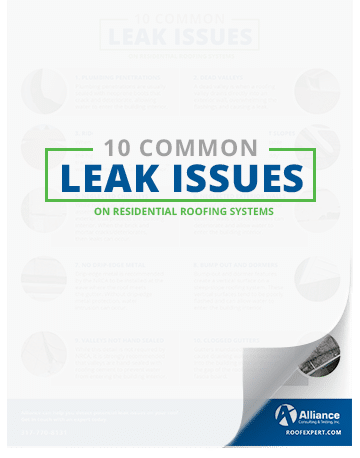Leverage The Detailed Balance Of Prices And Ecological Effect To Discover Real Capacity Of Solar Energy Versus Typical Sources
Leverage The Detailed Balance Of Prices And Ecological Effect To Discover Real Capacity Of Solar Energy Versus Typical Sources
Blog Article
Created By-Kirkeby Blum
When examining the stability of solar energy versus conventional energy sources, you may find yourself pondering the long-term sustainability and effect on your finances. The complex balance in between preliminary prices, continuous expenses, and environmental effects increases crucial questions regarding the future of power generation. As you browse through the complexities of this contrast, a deeper understanding of the subtleties in cost-effectiveness, environmental stewardship, and power safety awaits expedition.
Cost-Effectiveness Comparison
When contrasting the cost-effectiveness of solar energy with typical energy resources, it ends up being apparent that preliminary investment differences play a critical function in figuring out lasting financial savings.
While solar power systems call for a greater upfront financial investment for installation and devices, they offer significant long-lasting advantages that can outweigh the first prices. 10 best solar companies in comprehending that solar power systems have minimal ongoing functional and upkeep costs contrasted to conventional energy resources like nonrenewable fuel sources.
By investing in solar power, you can potentially save on energy costs over the system's life expectancy. In addition, with improvements in innovation and lowering setup expenses, solar energy has ended up being much more obtainable and economical for homeowners and businesses alike. These cost savings can accumulate over time, providing a roi that surpasses standard power resources.
Furthermore, solar power systems provide the benefit of power freedom and security versus rising and fall utility prices. By harnessing the power of the sun, you add to a cleaner setting and decrease your carbon footprint. Embracing webpage yet likewise the earth over time.
Environmental Impact Analysis
Solar energy provides a promising alternative to typical energy sources due to its substantially reduced environmental effect. Unlike fossil fuels that emit unsafe greenhouse gases and contribute to air pollution, solar power produces power without producing any exhausts.
The procedure of utilizing solar power entails catching sunlight through photovoltaic panels, which does not launch any kind of contaminants into the ambience. This lack of discharges helps in reducing the carbon footprint connected with power manufacturing, making solar energy a cleaner and a lot more lasting alternative.
Furthermore, using solar power adds to conservation initiatives by minimizing the demand for finite resources like coal, oil, and gas. By depending on home solar energy set up company and renewable resource resource, we can assist protect natural habitats, protect environments, and minimize the negative effects of resource extraction.
Integrity and Power Landscape Analysis
For a detailed analysis of dependability and the energy landscape, it's essential to review just how solar energy contrasts to traditional sources. Solar power is picking up speed as a trustworthy and lasting power resource. While typical resources like coal, oil, and natural gas have actually been historically dominant, they're finite and add to ecological degradation.
Solar power, on the other hand, is plentiful and renewable, making it a more lasting option in the future.
In regards to dependability, solar energy can be dependent on weather conditions and sunlight schedule. However, advancements in technology have actually led to the growth of energy storage options like batteries, enhancing the reliability of solar power systems. Standard sources, on the other hand, are prone to rate variations, geopolitical stress, and supply chain disturbances, making them much less reputable in the long-term.
When examining the energy landscape, solar energy offers decentralized energy manufacturing, reducing transmission losses and raising power protection. Standard sources, with their central power plants, are much more vulnerable to disturbances and require extensive infrastructure for distribution.
Conclusion
In conclusion, when comparing solar energy to standard energy resources, it is clear that solar energy provides a cost-efficient, environmentally friendly, and trustworthy option. With minimal functional expenses, possible savings on energy expenses, and a considerably reduced ecological effect, solar power is becoming an extra lasting and safe alternative. Welcoming solar power can help reduce greenhouse gas discharges and add to conservation efforts, making it a compelling option for the future.
